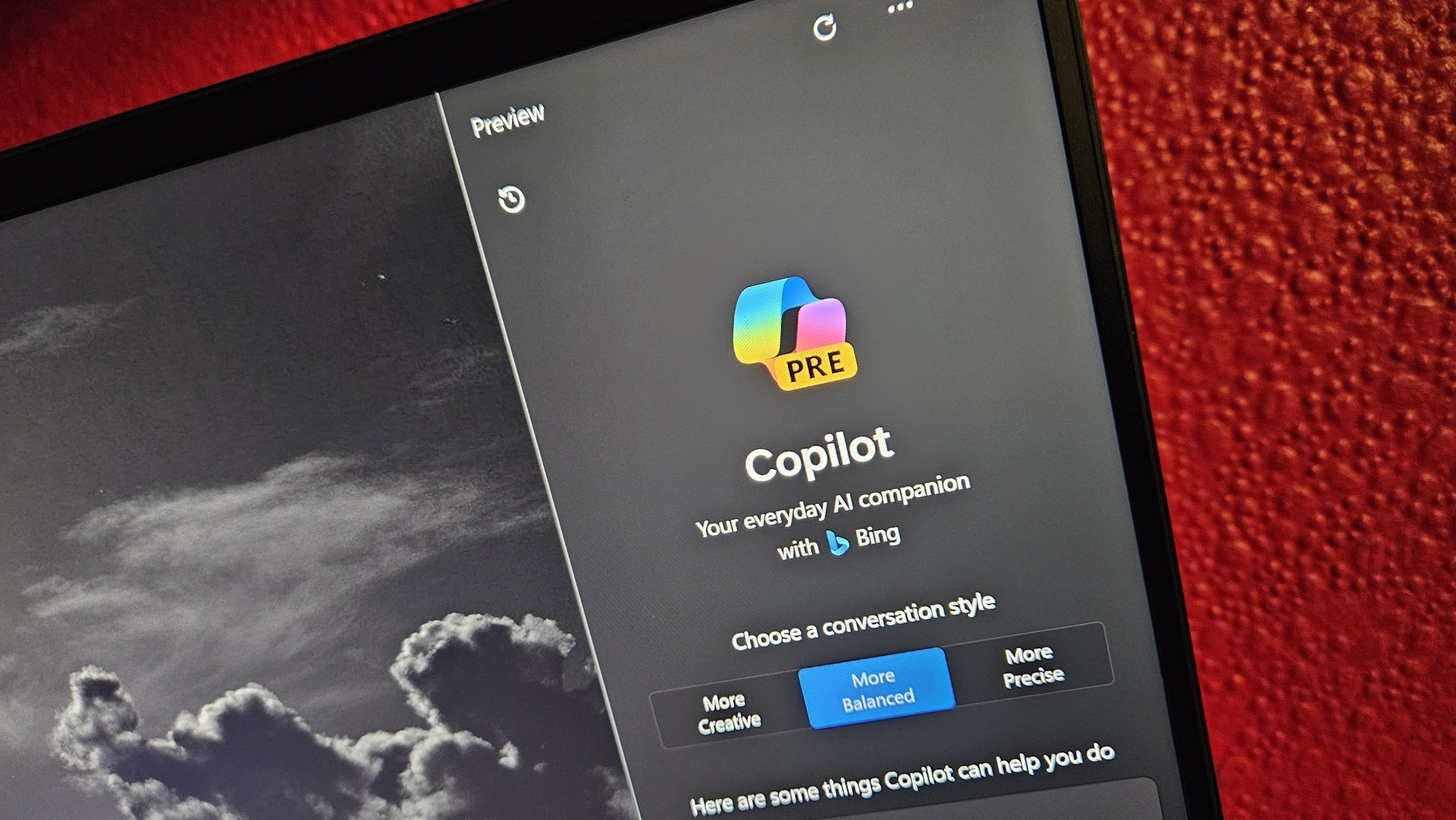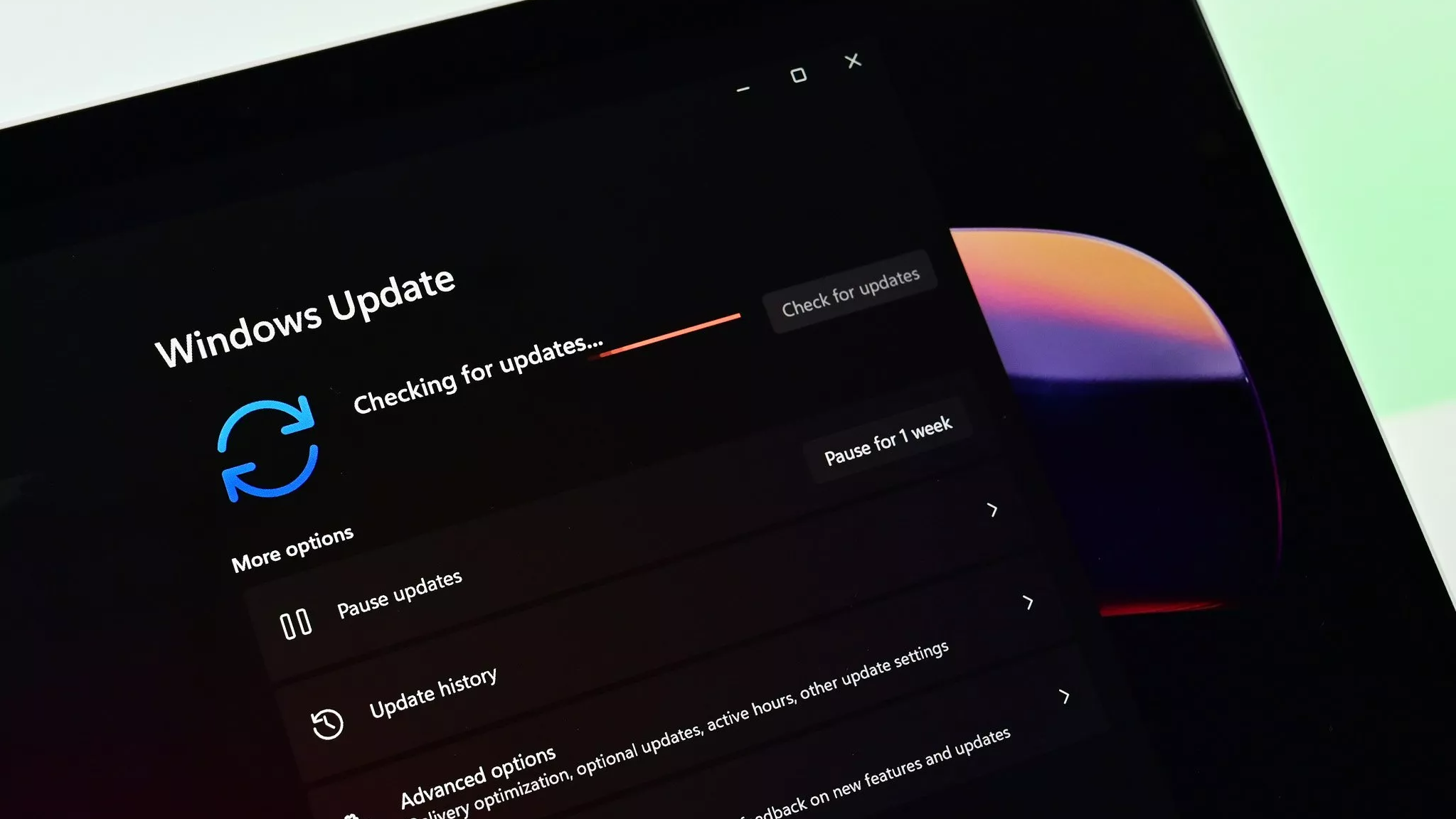Here's the one place Microsoft thinks doesn't need Copilot AI integration across its Windows ecosystem after receiving backlash
Microsoft scraps its Copilot AI from the Windows Server 2025 barely a month after adding it to the platform, potentially fueled by backlash from concerned users.

What you need to know
- Microsoft integrated its Copilot AI service into the Windows Server 2025.
- The move received backlash from concerned users shortly after, prompting Microsoft to remove it from the platform.
- It remains unclear why Microsoft added it to the platform and removed it a month later.
Am I the only one who feels like there's a Copilot AI assistant across most (if not all) Microsoft products and services? While its usefulness remains debatable, more than half of our polled readers indicated that they don't use the service entirely.
Be it as it may, it doesn't seem that Microsoft intends to pump breaks on integrating Copilot into even more of its products and services. The company wants to integrate the service into the File Explorer's context menu to generate quick summaries of selected files. Elsewhere, Microsoft is also testing a new way to launch the chatbot on Windows 11 — hovering their mouse cursor over the Copilot icon on the taskbar will launch the service like an AI genie.
Oddly, some Windows Insiders spotted Microsoft Copilot in Windows Server 2025 after installing Windows 11 Build 26063.1 towards the end of February. The move received a lot of backlash from admins who openly questioned the chatbot's usefulness in the platform, seemingly terming it a redundant addition. "Help, how do I make the server work?" is one among the many remarks users jokingly made about the 'bizarre' addition.
WHY IS WINDOWS COPILOT IN WINDOWS SERVER 2025?! pic.twitter.com/cKhkGN6C1OFebruary 22, 2024
According to a spot by Windows Report, Microsoft has quietly pulled Copilot AI from the Windows Server 2025 via a new update (Windows Server 2025’s Build 26085). It remains unclear why Microsoft has finally decided to pull the plug on integrating Copilot into its Windows Server 2025 barely a month after making the addition.
Windows Copilot is now GONE in Windows Server 2025 Build 26085! 🎉 pic.twitter.com/8MQFW14D0hMarch 27, 2024
For context, Windows Server 2025 is expected to ship to broad availability in late 2024 with a 10-year support cycle, similar to previous releases. It's designed to help support the evolving needs of modern businesses and ships with several features, including Active Directory, Storage, hot-patching, and Hyper-V.
All the latest news, reviews, and guides for Windows and Xbox diehards.

Kevin Okemwa is a seasoned tech journalist based in Nairobi, Kenya with lots of experience covering the latest trends and developments in the industry at Windows Central. With a passion for innovation and a keen eye for detail, he has written for leading publications such as OnMSFT, MakeUseOf, and Windows Report, providing insightful analysis and breaking news on everything revolving around the Microsoft ecosystem. While AFK and not busy following the ever-emerging trends in tech, you can find him exploring the world or listening to music.
